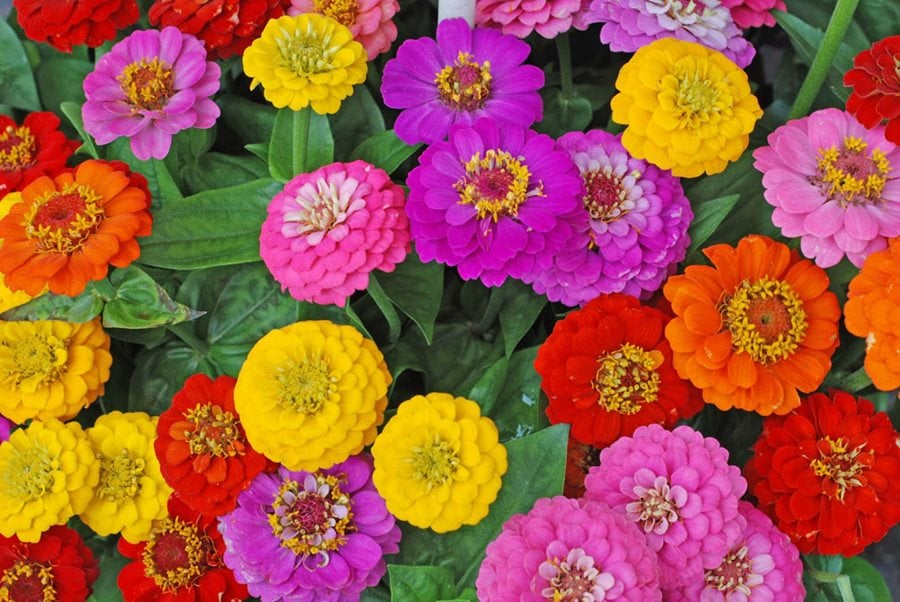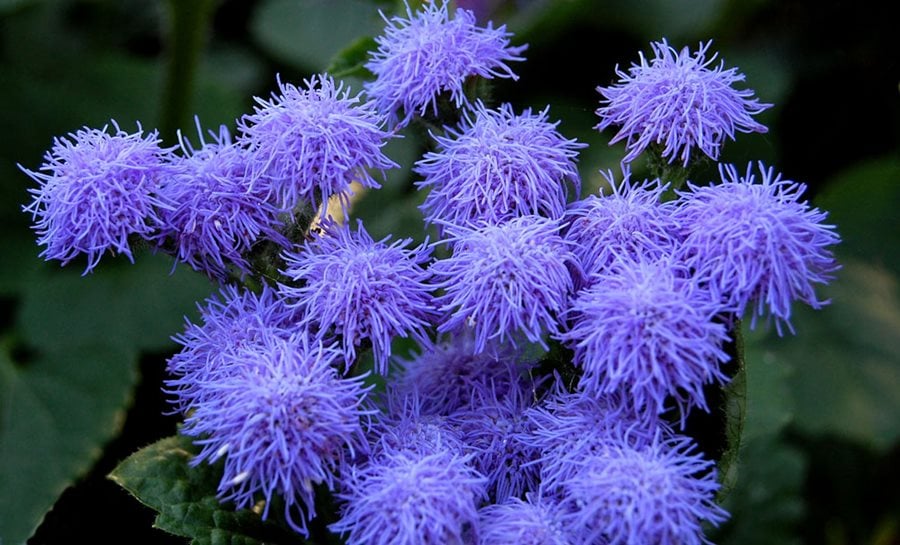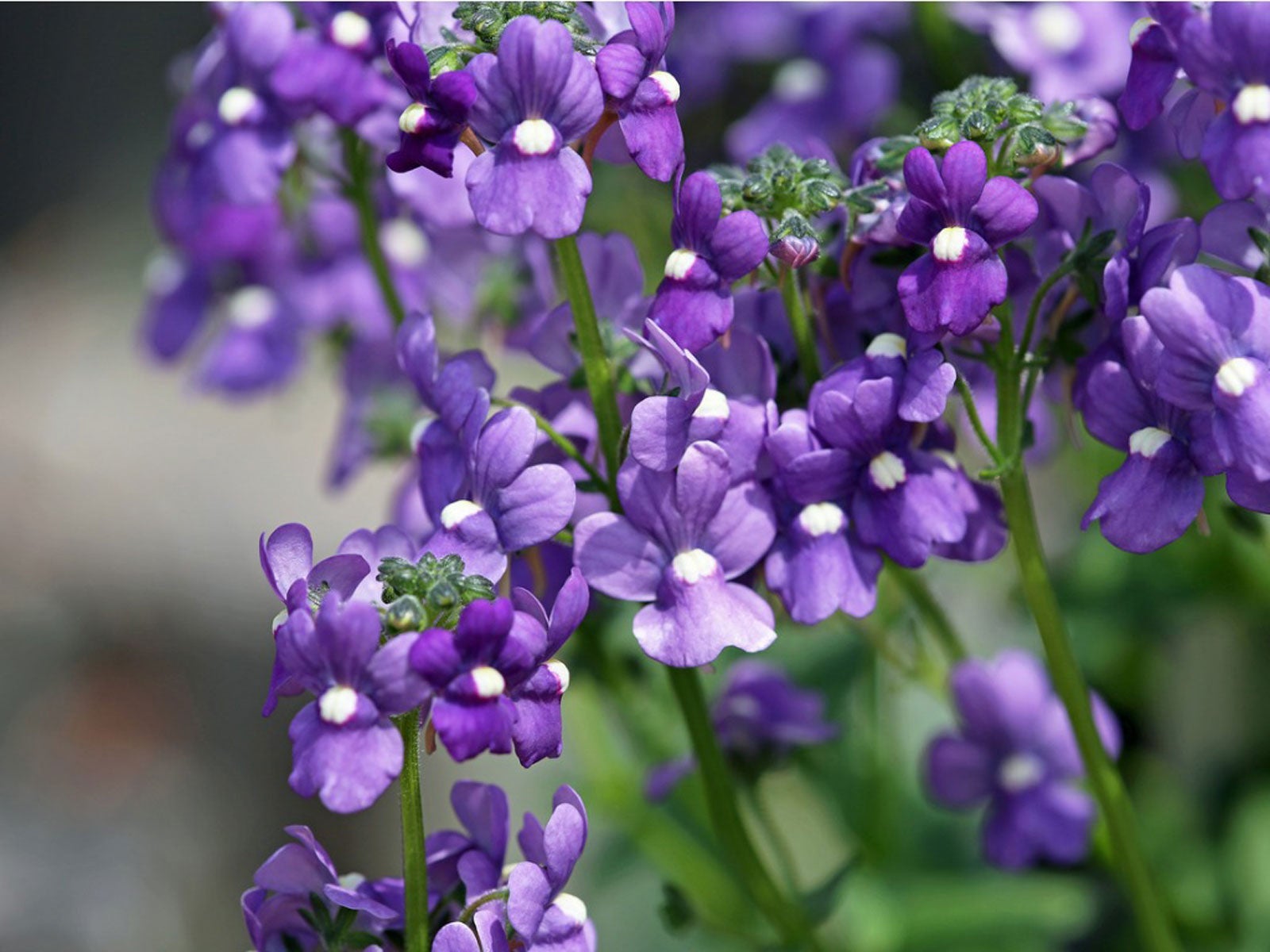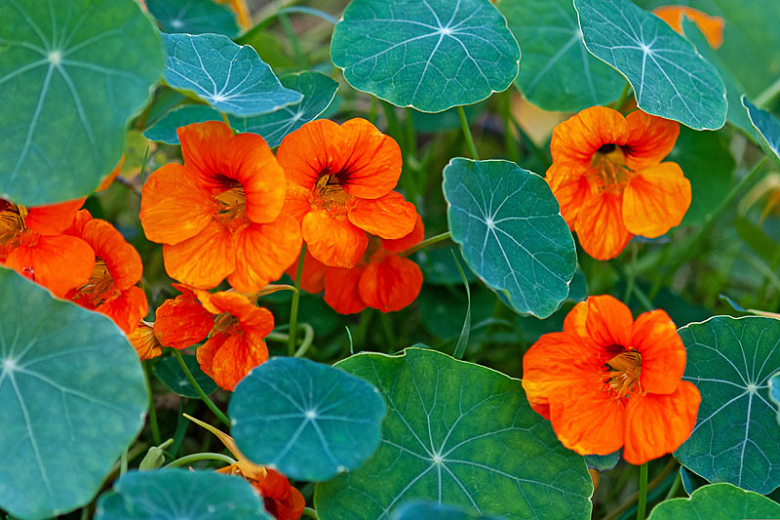Celosia Companion Plants: The Ultimate Guide To Growing Beautiful Flowers Together
Celosia Companion Plants: The Ultimate Guide to Growing Beautiful Flowers Together
Celosia is a beautiful and versatile flower that can be grown in a variety of settings. It comes in a wide range of colors, from fiery reds and oranges to soft pinks and whites. Celosia is also relatively easy to care for, making it a great choice for beginner gardeners.
One of the best things about celosia is that it can be grown as a companion plant. Companion planting is the practice of planting different types of plants together to benefit each other. When you choose the right companion plants for celosia, you can help to improve its growth, prevent pests and diseases, and attract beneficial insects.
In this blog post, we will discuss the best companion plants for celosia. We will also provide some tips on how to plant and care for these plants together.
What are Companion Plants?
Companion planting is a gardening technique that involves planting different types of plants together to benefit each other. There are many different reasons why you might want to use companion planting in your garden. For example, companion plants can help to:
- Improve the growth of your plants
- Prevent pests and diseases
- Attract beneficial insects
- Improve the overall health of your garden
Choosing Companion Plants for Celosia
When choosing companion plants for celosia, there are a few things to keep in mind. First, you want to choose plants that have similar growing conditions. Celosia prefers full sun and well-drained soil. So, you want to choose companion plants that also prefer these conditions.
Second, you want to choose plants that will benefit each other. For example, you might want to choose plants that attract beneficial insects, such as marigolds or nasturtiums. These plants will help to keep pests away from your celosia.
Finally, you want to choose plants that you like the look of. After all, you want your garden to be beautiful!
Here are some of the best companion plants for celosia:
- Marigolds: Marigolds are a great companion plant for celosia because they attract beneficial insects, such as ladybugs and lacewings. These insects help to control pests, such as aphids and whiteflies.

- Nasturtiums: Nasturtiums are another great companion plant for celosia. They also attract beneficial insects and help to deter pests. In addition, nasturtiums can help to improve the drainage of the soil around your celosia plants.

- Zinnias: Zinnias are a beautiful and easy-to-grow flower that is a great companion plant for celosia. They have similar growing conditions and can help to attract beneficial insects.

- Ageratum: Ageratum is a low-growing flower that is a great companion plant for celosia. It helps to fill in the spaces between celosia plants and can also attract beneficial insects.

- Angelonia: Angelonia is a tall, spiky flower that is a great companion plant for celosia. It helps to add height and interest to your garden and can also attract beneficial insects.

How to Plant and Care for Celosia Companion Plants
Once you have chosen your companion plants, it is important to plant them correctly. Here are some tips on how to plant and care for celosia companion plants:
- Plant your companion plants in full sun.
- Plant your companion plants in well-drained soil.
- Water your companion plants regularly, especially during hot weather.
- Fertilize your companion plants every few weeks with a balanced fertilizer.
- Deadhead your companion plants regularly to encourage new growth.
Conclusion
Celosia companion planting is a great way to improve the growth, health, and beauty of your garden. By choosing the right companion plants, you can help to deter pests, attract beneficial insects, and improve the overall health of your garden.
Celosia is a beautiful and colorful flower that can add a splash of vibrancy to any garden. But did you know that there are certain plants that can help to enhance the growth and beauty of celosia? These companion plants can help to attract beneficial insects, deter pests, and improve the overall health of your celosia plants.
Some of the best companion plants for celosia include:
- Marigolds: Marigolds help to deter pests such as nematodes and aphids, which can be harmful to celosia plants.
- Zinnias: Zinnias have similar growing requirements to celosia, and they can help to attract pollinators such as bees and butterflies.
- Nasturtiums: Nasturtiums help to deter pests such as flea beetles, which can be a problem for celosia plants.
- Black-eyed Susans: Black-eyed Susans help to attract beneficial insects such as ladybugs, which can help to control pests.
- Salvia: Salvia helps to attract pollinators such as bees and butterflies, which can help to improve the pollination of celosia flowers.
If you are looking to add some beautiful and colorful celosia plants to your garden, be sure to consider planting some of these companion plants as well. They can help to enhance the growth and beauty of your celosia plants, and they can also help to attract beneficial insects and deter pests.
For more information about celosia companion plants, please visit Gardenia Inspiration.
FAQ of celosia companion plants
Q: What are some good companion plants for celosia?
A: Celosia is a versatile plant that can be paired with a variety of other plants. Some good companion plants for celosia include:
- Ageratum (Floss Flower): Ageratum is a low-maintenance plant that attracts butterflies and other pollinators. It can help to deter pests from celosia.

- Angelonia (Snapdragon): Angelonia is a heat-tolerant plant that blooms for a long period of time. It can help to attract pollinators to celosia.

- Tagetes (Marigold): Tagetes is a pest- and disease-resistant plant that can help to deter pests from celosia. It can also help to improve the soil quality around celosia.

- Tropaeolum (Nasturtium): Nasturtium is a low-maintenance plant that attracts pollinators and deters pests. It can also help to improve the soil quality around celosia.

- Zinnia: Zinnias are a cheerful and colorful addition to any garden. They can help to attract pollinators and deters pests.

Q: What are the benefits of planting celosia with companion plants?
A: There are several benefits to planting celosia with companion plants. These include:
- Improved pollination: Companion plants can help to attract pollinators to celosia, which can lead to increased pollination and fruit production.
- Deterrent to pests: Some companion plants can help to deter pests from celosia. For example, marigolds are known to repel aphids and other common garden pests.
- Improved soil quality: Some companion plants can help to improve the soil quality around celosia. For example, nasturtiums are known to fix nitrogen in the soil, which can benefit celosia and other plants.
- Increased visual interest: Companion plants can add visual interest to a garden and help to create a more balanced and attractive look.
Q: What are some tips for planting celosia with companion plants?
A: Here are some tips for planting celosia with companion plants:
- Choose companion plants that have similar water and sunlight requirements as celosia.
- Plant companion plants that will not compete with celosia for nutrients.
- Space companion plants appropriately so that they have enough room to grow.
- Monitor the plants closely for signs of pests or diseases.
Q: What are some common mistakes to avoid when planting celosia with companion plants?
Avoid planting companion plants that have different water and sunlight requirements than celosia. This can lead to one plant being overwatered or underwatered, which can stress the plant and make it more susceptible to pests and diseases.
Another mistake to avoid is planting companion plants that will compete with celosia for nutrients. This can lead to one plant not getting enough nutrients, which can stunt its growth or even kill it.
Finally, it is important to space companion plants appropriately so that they have enough room to grow. If plants are too crowded, they will not be able to thrive.
Post a Comment for "Celosia Companion Plants: The Ultimate Guide To Growing Beautiful Flowers Together"